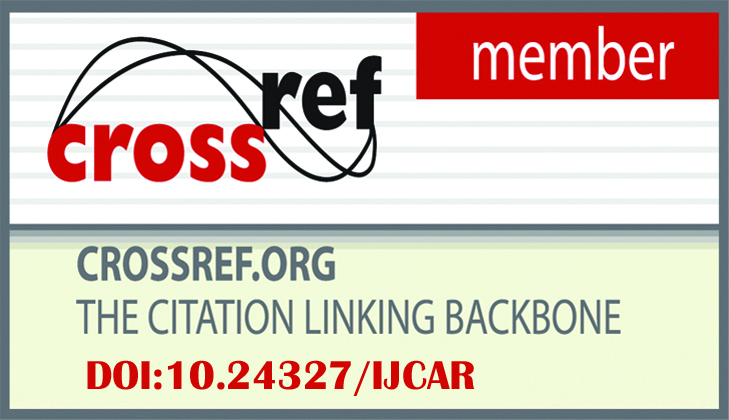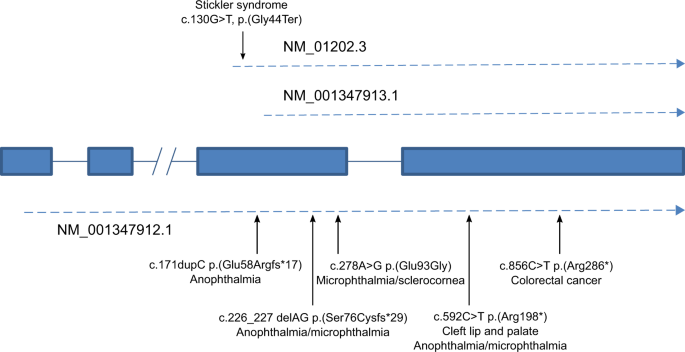Stickler Syndrome, often abbreviated as SS, is a rare genetic disorder that affects multiple systems in the body, primarily targeting connective tissues. This condition can lead to a wide range of symptoms, including vision problems, hearing loss, joint issues, and facial abnormalities. Despite its rarity, understanding Stickler Syndrome is crucial for early diagnosis and effective management. In this article, we will delve into the details of this complex condition, exploring its causes, symptoms, diagnosis, and treatment options.


What is Stickler Syndrome?
Stickler Syndrome is a hereditary disorder caused by mutations in genes responsible for producing collagen, a vital protein that provides structure and strength to connective tissues throughout the body. Connective tissues are essential components of various body parts, including the eyes, ears, joints, and face. When these tissues are affected, it results in the diverse symptoms associated with the syndrome.
Types of Stickler Syndrome
There are several types of Stickler Syndrome, each linked to different genetic mutations. The most common types include:
- Type 1: Caused by mutations in the COL2A1 gene, this type is the most prevalent and typically presents with severe eye abnormalities.
- Type 2: Linked to mutations in the COL11A1 gene, this type often involves less severe eye issues but more pronounced hearing loss.
- Type 3: Also known as non-ocular Stickler Syndrome, this type is caused by mutations in the COL11A2 gene and does not affect the eyes.
Symptoms of Stickler Syndrome
The symptoms of Stickler Syndrome can vary widely among individuals, even within the same family. Some people may experience mild symptoms, while others may face significant challenges. Below are the primary areas affected by the condition:
Vision Problems
Vision issues are one of the hallmark features of Stickler Syndrome. These problems arise due to abnormalities in the vitreous humor, the gel-like substance that fills the eye. Common vision-related symptoms include:
- High myopia (nearsightedness)
- Retinal detachment
- Cataracts
- Glaucoma
Early detection and intervention are critical to prevent permanent vision loss.
Hearing Loss
Hearing impairment is another common symptom of Stickler Syndrome. The severity of hearing loss can range from mild to profound and may affect one or both ears. Conductive hearing loss, caused by problems in the middle ear, is more common in children, while sensorineural hearing loss, which affects the inner ear, tends to develop later in life.
Joint Issues
Individuals with Stickler Syndrome often experience joint problems due to the weakness of connective tissues. Symptoms may include:
- Joint pain
- Hyperflexibility
- Early-onset arthritis
These issues can significantly impact mobility and quality of life, necessitating tailored physical therapy and orthopedic care.
Facial Abnormalities
Characteristic facial features are often present in individuals with Stickler Syndrome. These may include:
- A flat face
- Small nose
- Underdeveloped bones in the midface
While these features do not typically cause functional problems, they can contribute to self-esteem issues and social challenges.
Causes of Stickler Syndrome
Stickler Syndrome is caused by mutations in specific genes that encode collagen proteins. Collagen is a critical component of connective tissues, providing them with strength and elasticity. When these genes are altered, the production or structure of collagen is disrupted, leading to the symptoms associated with the syndrome.
The inheritance pattern of Stickler Syndrome is autosomal dominant, meaning that only one copy of the mutated gene is needed for an individual to be affected. This pattern allows the condition to be passed down from one generation to the next. However, some cases occur spontaneously due to new mutations, without any family history of the disorder.
Diagnosis of Stickler Syndrome
Diagnosing Stickler Syndrome can be challenging due to its variable presentation and overlap with other conditions. A comprehensive evaluation is necessary, involving a combination of clinical assessments, imaging studies, and genetic testing.
Clinical Assessment
A healthcare provider will begin by conducting a thorough physical examination to identify characteristic features such as facial abnormalities, joint hypermobility, and vision or hearing issues. A detailed family history is also essential to determine if the condition is inherited.
Imaging Studies
Imaging techniques such as X-rays, MRI, or CT scans may be used to assess skeletal abnormalities, joint issues, or structural problems in the eyes and ears. These studies help confirm the presence of connective tissue defects and guide further management.
Genetic Testing
Genetic testing is the most definitive method for diagnosing Stickler Syndrome. By analyzing a patient’s DNA, healthcare providers can identify mutations in the genes associated with the condition. This information not only confirms the diagnosis but also helps predict the likelihood of passing the disorder to future generations.
Treatment Options for Stickler Syndrome
While there is no cure for Stickler Syndrome, various treatments can help manage symptoms and improve quality of life. A multidisciplinary approach involving specialists from different fields is often required to address the diverse needs of affected individuals.
Vision Care
Regular eye exams are crucial for monitoring and managing vision problems. Treatments may include:
- Glasses or contact lenses for refractive errors
- Surgical interventions for cataracts or retinal detachment
- Low-vision aids for individuals with severe visual impairment
Hearing Support
Hearing loss can be managed through:
- Hearing aids for conductive or sensorineural hearing loss
- Surgical procedures such as tympanostomy tubes for recurrent ear infections
- Audiological evaluations to monitor changes in hearing ability
Orthopedic Care
To address joint issues, patients may benefit from:
- Physical therapy to strengthen muscles and improve flexibility
- Pain management strategies, including medications or injections
- Surgical interventions for severe arthritis or joint instability
Psychosocial Support
Living with Stickler Syndrome can be emotionally challenging, particularly for children and adolescents. Counseling, support groups, and educational resources can help individuals and families cope with the psychological and social aspects of the condition.
Living with Stickler Syndrome
Managing Stickler Syndrome requires a proactive approach and ongoing collaboration with healthcare providers. Regular follow-ups are essential to monitor symptoms and adjust treatment plans as needed. Additionally, lifestyle modifications such as maintaining a healthy diet, engaging in low-impact exercises, and avoiding activities that strain the joints can help minimize complications.
Education and awareness play a vital role in empowering individuals with Stickler Syndrome and their families. Understanding the condition, its potential challenges, and available resources can foster resilience and improve overall well-being.




